Why Power Outage Protection Matters for Remote Workers
For remote professionals, protecting electronic equipment from power outages isn’t just about preserving expensive hardware – it’s about ensuring business continuity and maintaining professional reliability. This comprehensive guide will help you safeguard your remote work equipment during power disruptions using climate-controlled storage solutions.
Understanding the Risks of Power Outages
Power outages can pose several threats to electronic equipment:
- Sudden shutdowns causing data loss
- Voltage fluctuations damaging sensitive components
- Temperature control issues affecting equipment stability
- Humidity changes risking internal corrosion
Essential Equipment Protection Strategies
1. Climate-Controlled Storage Solutions
A climate-controlled storage environment provides consistent temperature and humidity levels, essential for protecting:
- Laptops and desktop computers
- Monitors and display equipment
- Networking hardware
- External storage devices
- Power backup systems
2. Power Backup Essentials
Invest in reliable power backup solutions:
- Uninterruptible Power Supply (UPS) systems
- Surge protectors
- Backup batteries
- Portable power stations
Creating Your Power Outage Protection Plan
Step 1: Equipment Assessment
Start by cataloging your critical equipment:
- Identify essential devices for business continuity
- Document power requirements
- List backup power needs
- Note any special storage requirements
Step 2: Storage Preparation
Prepare your climate-controlled storage space:
- Ensure proper temperature range (68-72°F)
- Maintain humidity levels (45-50%)
- Install moisture monitoring systems
- Set up proper ventilation
Emergency Response Protocols
Immediate Actions During Power Outages
Follow these steps when power fails:
- Initiate proper shutdown procedures
- Transfer essential equipment to climate-controlled storage
- Activate backup power systems
- Monitor environmental conditions
Long-Term Protection Strategies
Implement these ongoing protection measures:
- Regular equipment maintenance schedules
- Backup power system testing
- Climate control system checks
- Emergency procedure updates
Professional Considerations
For remote workers, consider these additional factors:
- Business insurance coverage
- Data backup systems
- Alternative workspace plans
- Client communication protocols
Conclusion
Protecting your remote work equipment during power outages requires careful planning and the right storage solutions. By implementing climate-controlled storage and following proper protection protocols, you can ensure business continuity and protect your valuable professional equipment investment.



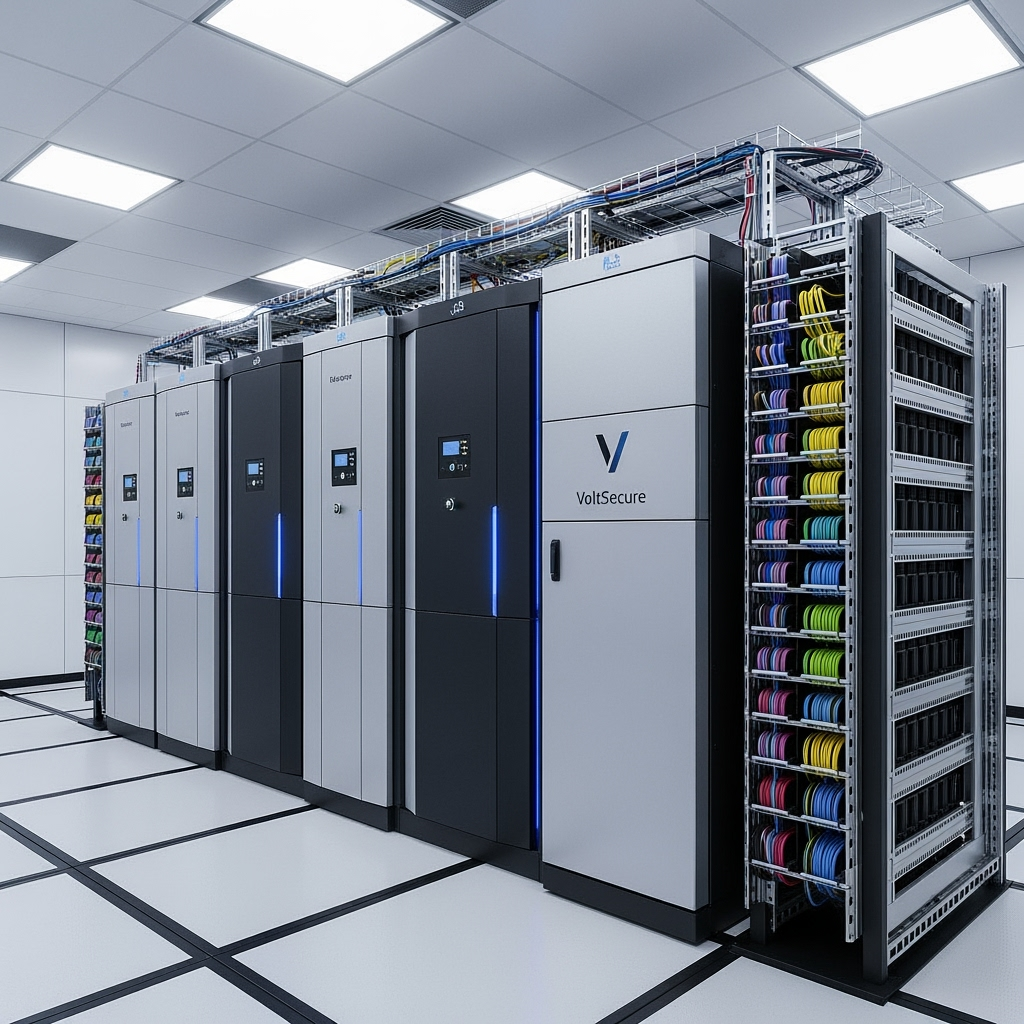

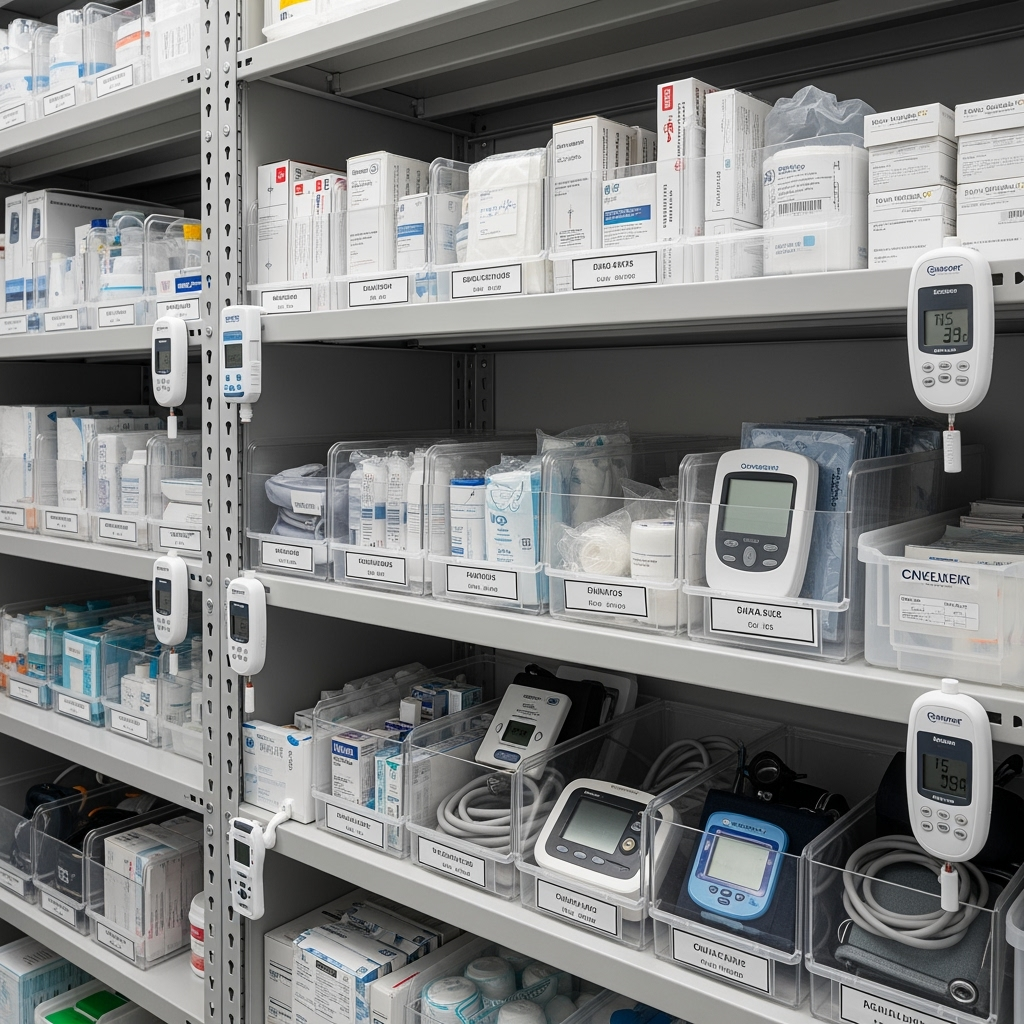
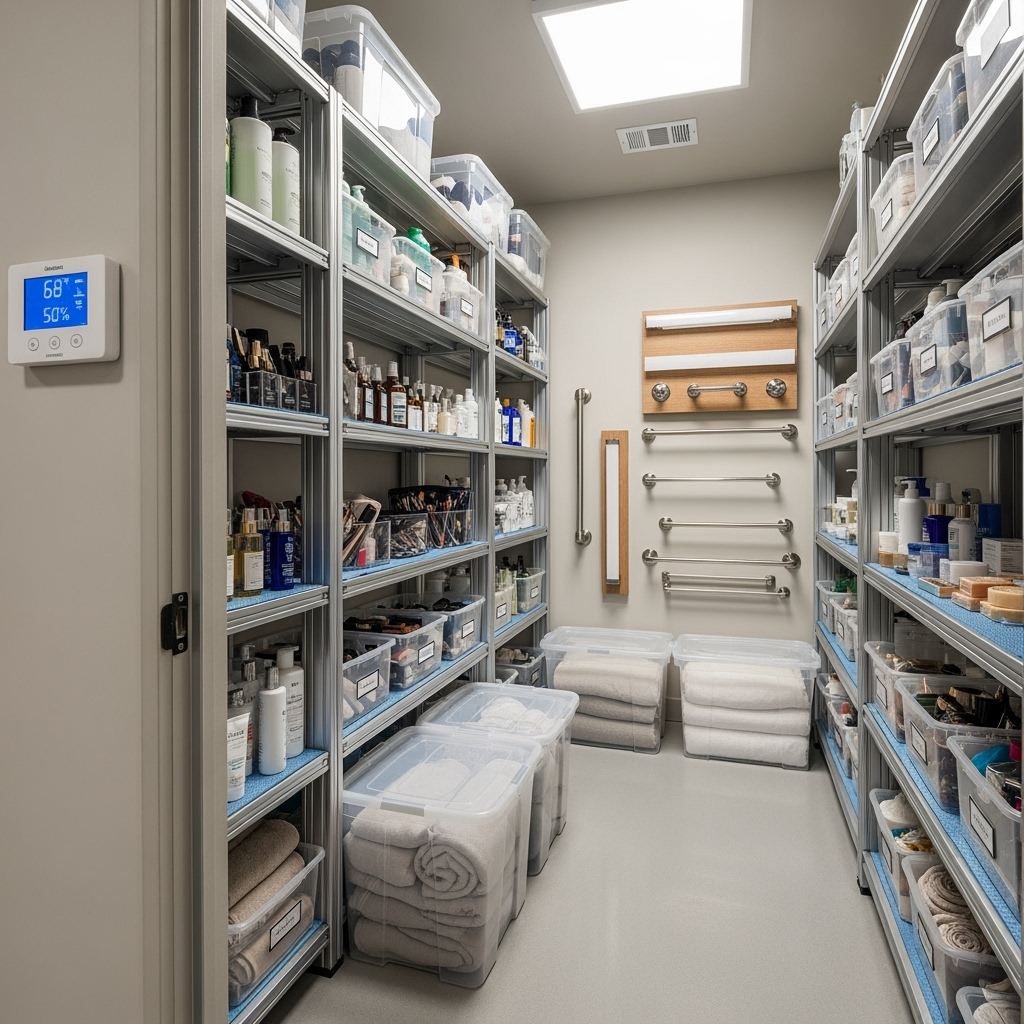
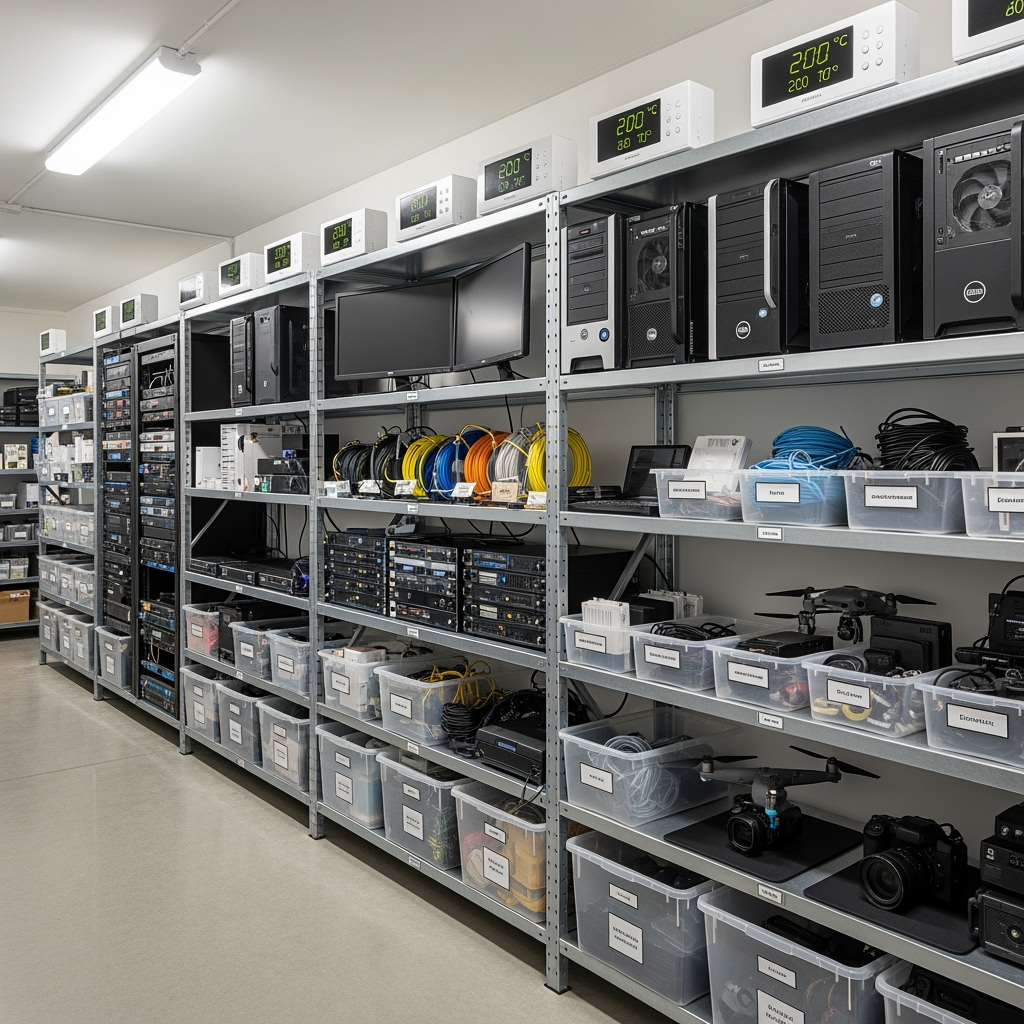
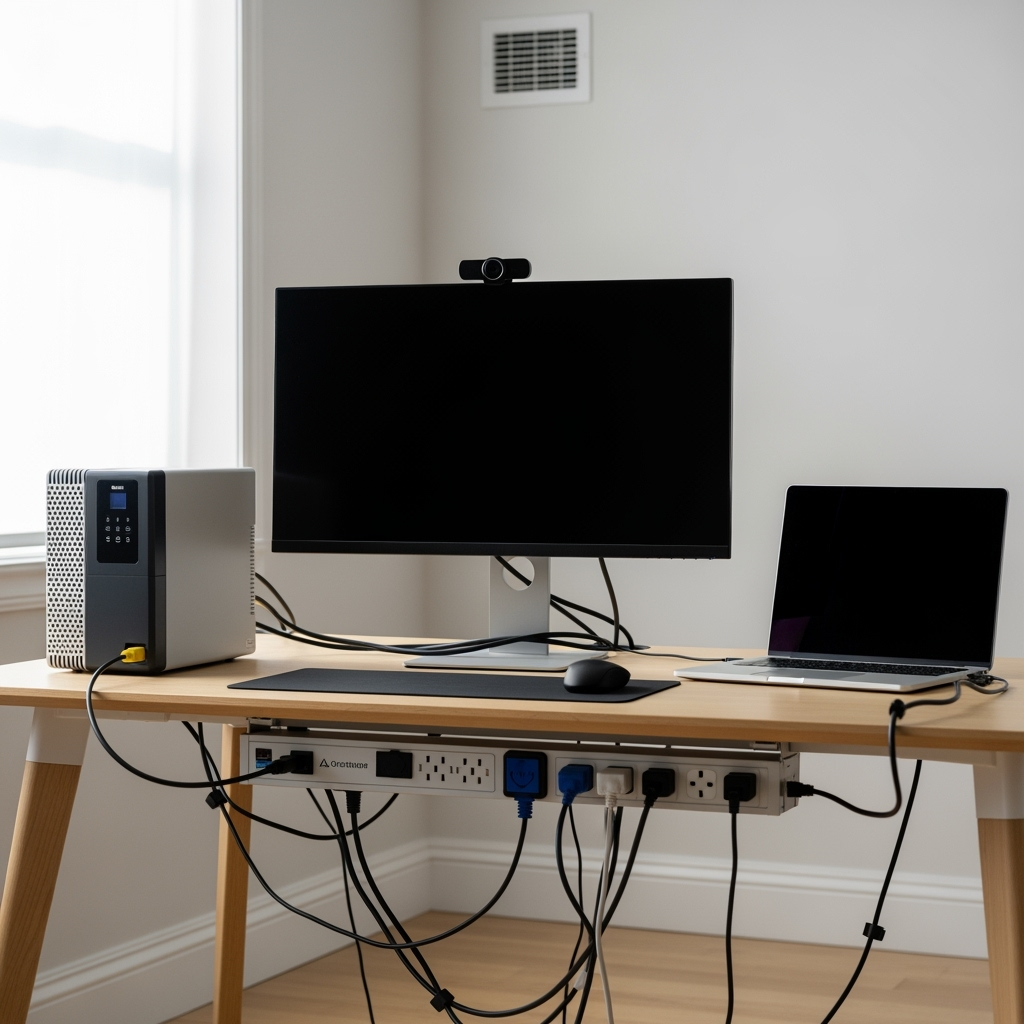
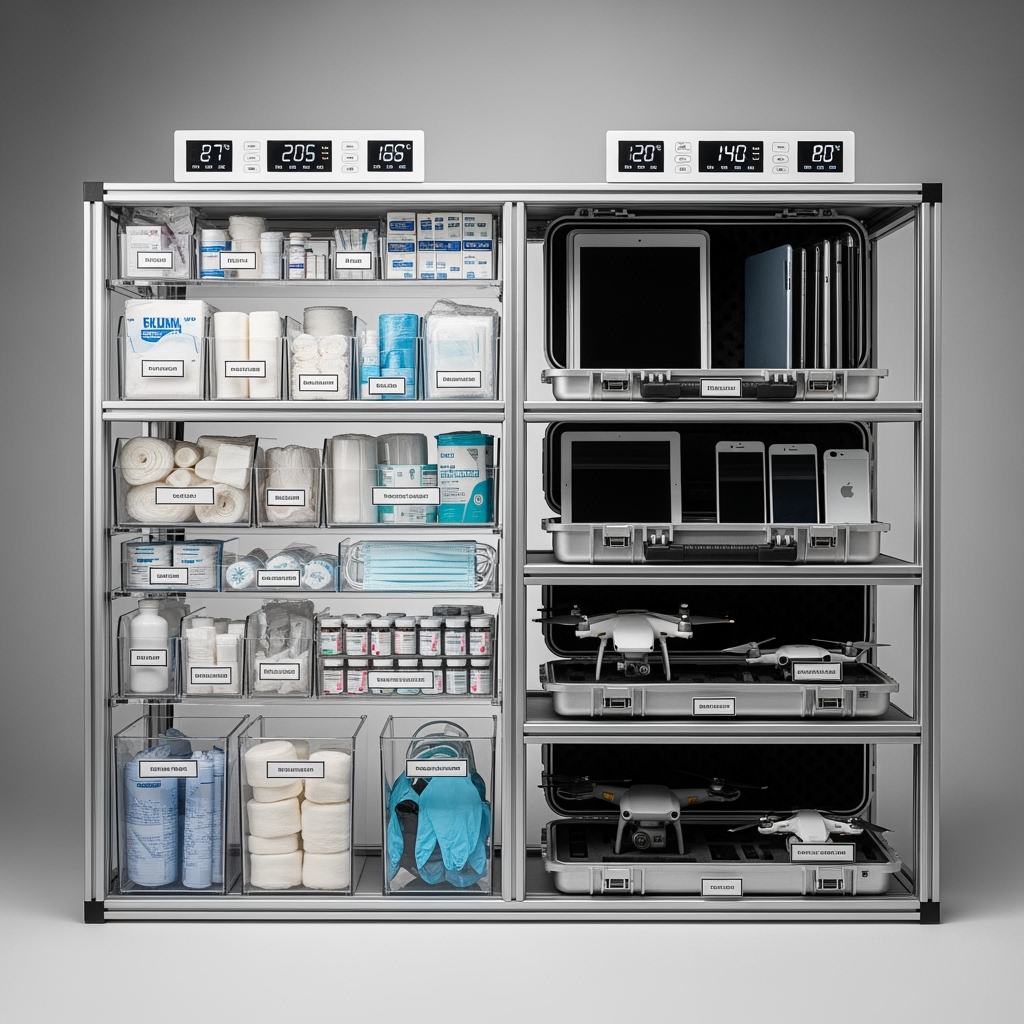
Leave a Reply